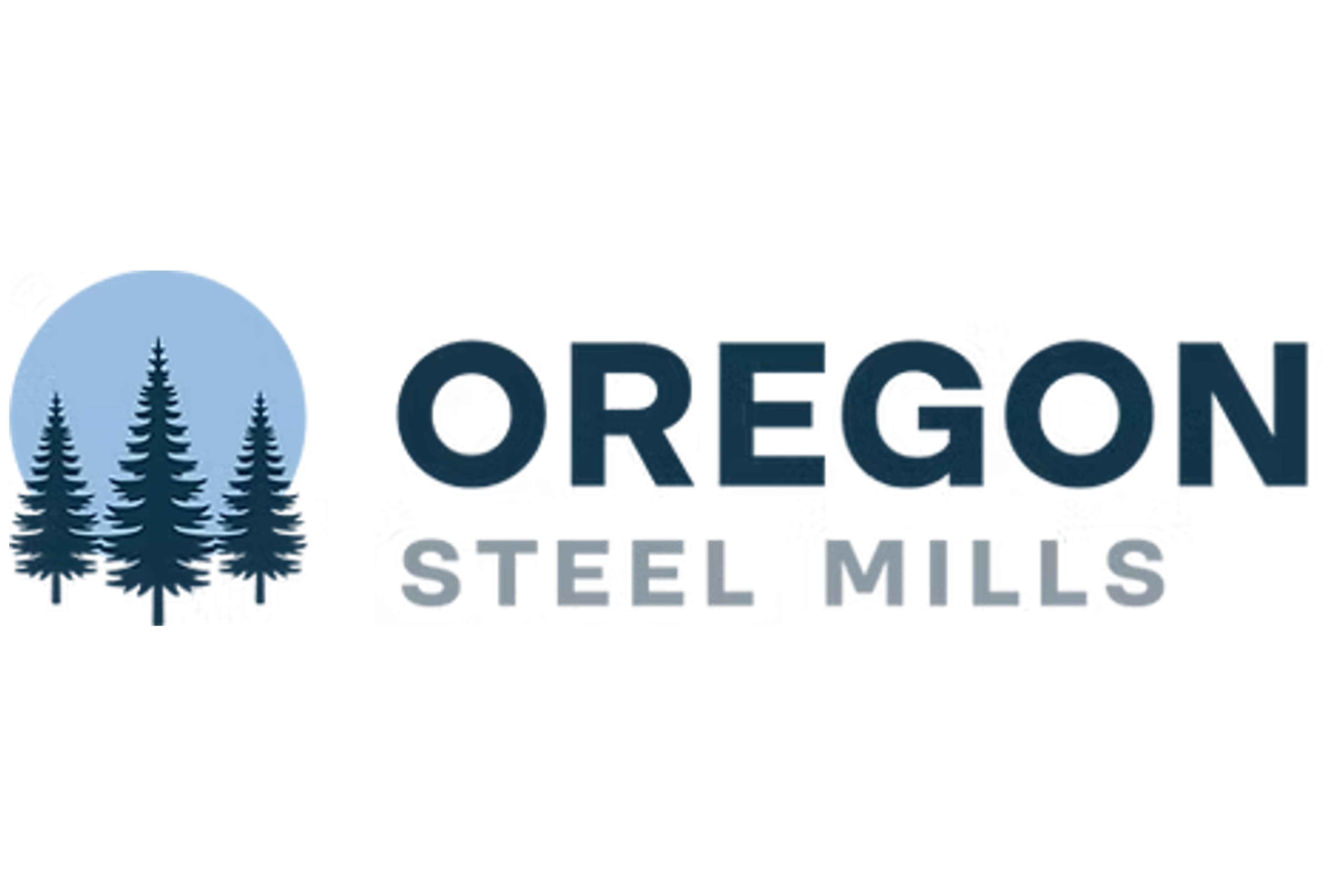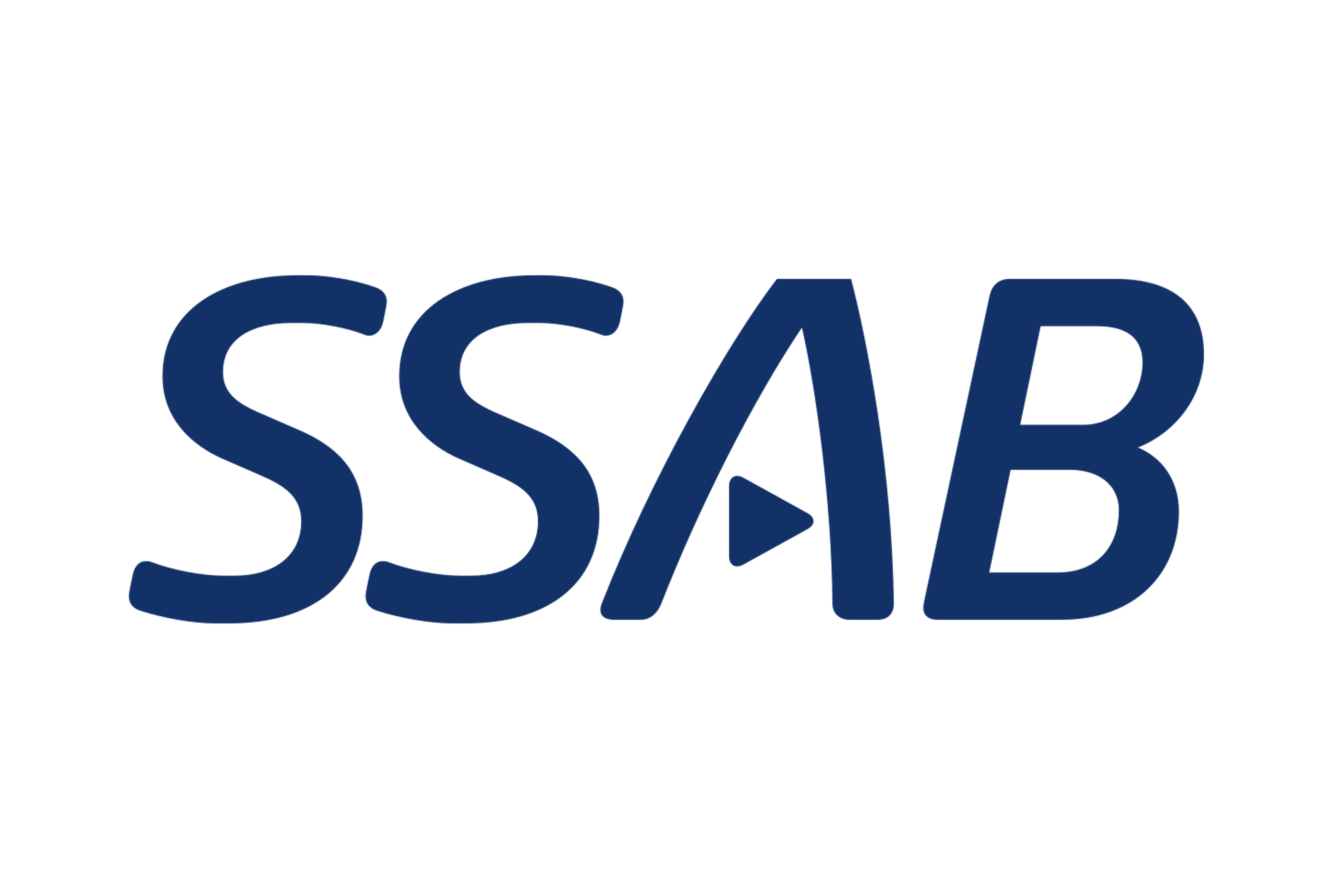Prices

November 27, 2018
SMU Q&A: Steel Prices to Stabilize in the First Quarter?
Written by Tim Triplett
Few of the steel buyers canvassed by Steel Market Update this week expect flat roll prices to rise significantly in the first quarter. Most anticipate prices stabilizing or continuing to trend downward, especially if the Trump administration lifts the Section 232 tariffs on imports from Canada and Mexico. The promise of increased supplies from the capacity additions announced by various mills promise to add to the downward pressure on prices in the coming years, say steel executives.
Following is an SMU Q&A, with respondents granted anonymity so they could speak frankly. Comments are edited for clarity and brevity:
Q: Do you think steel prices will stabilize and rise or continue to decline in first-quarter 2019?
A: “It’s difficult to see what could occur that would result in increased prices in the first quarter. We need limited supply to instigate higher prices, and between increased domestic production, imports that remain stubbornly near three million tons per month, and decreased exports, there don’t appear to be any signs that supply will be tightening. Demand appears steady, but not poised to grow beyond seasonal increases.”
A: “Steel prices will move down in the first quarter based on growing world steel production and growth in U.S. steel production offsetting the loss in import volumes.”
A: “I think steel prices will continue to go lower in Q4 by 5-10 percent, but they will stabilize in Q1 and then move higher in Q2 due to seasonality and increasing consumption from the new construction season.”
A: “I have to think pricing will be pretty stable in the first quarter. I believe we have surely hit the bottom or we are real close to it. We saw some very aggressive import pricing just before the tariffs hit, and if we add 25 percent to those numbers, it is basically what we are seeing now domestically. We are hearing from drivers that coil pick-ups at the mills seem pretty slow. It won’t take much for the domestics to ask for some increase after the past two months of declines. I still think any movement will be fairly minimal either way.”
A: “I see plate prices flat in the first quarter. Scrap will go up, but the headwinds on flat roll will keep the plate spreads pretty close. I don’t see plate moving more than +/- $20/ton in 1Q19 without some kind of event. Mills seem to be pretty full and running decently. Energy is the market to watch.”
A: “We don’t do much spot, but I can tell you for sure that the mills have been quite negotiable on contracts for 2019. I won’t have an opinion on Q1 pricing stability until I see the international market stop receding. At the moment, there appears to be no end to the international slide, and it’s based more on economic-related factors than supply-demand related factors.”
A: “Yes, [prices will stabilize in the first quarter]. There’s lower foreign participation and inventories are dropping. Q1 is historically the strongest quarter of the year.”
A: “Certainly, we believe we will see stabilization in prices in the first quarter. However, all things related to Section 232 will have an impact. I am hopeful for a Q1 where HR floats between $750-780.”
Q: What do you think will happen with the Section 232 tariffs on Canada and Mexico, and how will any decision to rescind those tariffs affect steel pricing and your business?
A: “I think rescinding the Section 232 tariffs will lower steel and aluminum prices. I would expect the reduction to be similar to the percentage of the duties, 25 percent for steel and 10 percent for aluminum.”
A: “It appears the Trump administration continues to move the goal posts around when negotiating the Section 232 tariffs with Mexico and Canada. This may be a signal that they’ll remain in place longer than expected, even if NAFTA is revised with a new agreement. If/when they are rescinded, we expect the added competition to increase price pressures at the mill level, and therefore lower prices will result.”
A: “I am not sure what to think about the tariffs. Although I think our president has done some good things in office, he is very hard to follow. That said, if the tariffs do come off, I don’t expect a huge impact on the prime Galvalume market. I would guess the bigger impact for us will be secondary Galvalume. It has become increasingly difficult to get a good deal on that material because roll formers are not as quick to reject prime material. They just don’t have the inventory sitting on the floor that they did in 2017, so shape issues or coils that need to be cropped are still being used on production lines. We always found good channels from Canada for material, but that has dried up on us because of the tariff.”
A: “Any removal of Section 232 tariffs would almost certainly come with quotas. That should be neutral or possibly further limit imports from those countries.”
A: “The tariffs will be replaced with a quota, which will add more supply to the U.S. market, pressuring prices to decrease from current levels. Removing tariffs will not impact our business, but will increase prices in Canada on HR as they have decoupled from U.S. prices. I’m hearing HR in Ontario is around $44/cwt CDN$”
A: “I believe the tariffs will be gone in Q1. However, will imports be under quota? I believe, once lifted in NAFTA, we will see a $30 drop in domestic pricing rather quickly.”
A: “I think the tariffs on Canada and Mexico will be rescinded, but it will have a relatively small impact on the plate business in the USA.”
A: “I think the ground is swelling for a solution under Section 232 and we’ll see it unwind into a universal quota system as a way to stabilize, if not re-energize, pricing. The effect of Section 232 is unwinding naturally with HR now firmly under $800, so I’d look for more artificial market manipulation aimed at propping prices up…again.”
Q: What impact will the added capacity announced by various mills (Nucor, SDI, Big River, JSW) have on the flat rolled steel markets?
A: “Pretty simple: More tons mean more options, more competition, more ability to negotiate, and thus lower overall prices. However, aren’t all of these new developments exactly what the Trump administration wanted – more steel made in America? Who could be against that? Isn’t more better? The message we all heard for a long time was we needed more steel made here, more new mills, etc. Question: Would the U.S. mills agree with that outcome? Answer: No, they’d really prefer higher prices and fewer mills.”
A: “We are headed to a challenging period of oversupply. This would be particularly impactful if it occurs in conjunction with a slowing or even recessionary U.S. economy.”
A: “More supply will offset decreases in import volumes, helping to drive prices downward. The mills always overshoot, both to the upside and to the downside, and the downside is usually driven by too much supply.”
A: “Of course, the added capacity will have an impact, but most of that volume won’t be impactful for 24 months or longer.”
A: “Why is everyone building HRC mills? Am I dumb or is plate/wide coil looking more attractive to add capacity?”
A: “I have to believe [the added capacity] will help with lead times/pricing. If there is additional line time to fill, it is only reasonable that we will see some prices decreasing if these projects are completed. Needless to say, we also know it will take plenty of time for these types of projects to filter any results to purchasers like us. Perhaps the bigger story is the confidence this shows from these companies regarding the longevity of tariffs or quota deals the government may be considering.”






